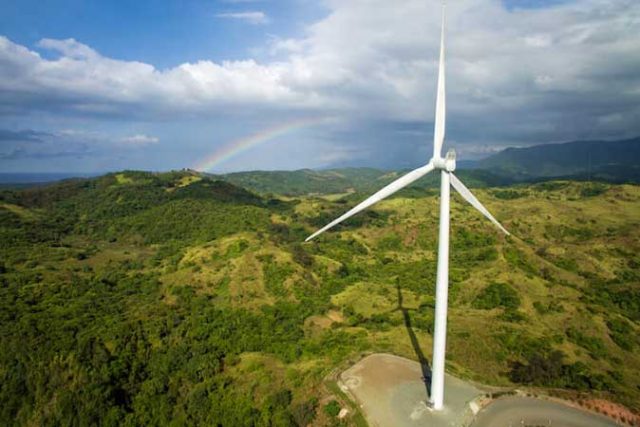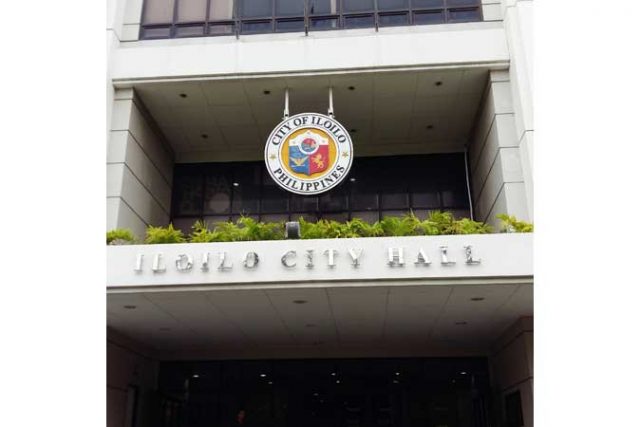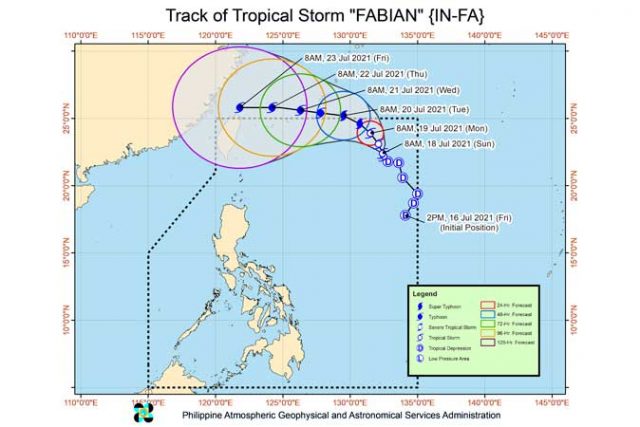By Kyle Aristophere T. Atienza, Reporter
HEALTH experts asked the government on Sunday to ban nonessential travel to and from Manila, the capital and nearby cities to stop the spread of a more contagious Delta coronavirus variant.
“We recommended that we place the National Capital Region (NCR) and surrounding provinces in a bubble,” Fredegusto Guido P. David, a research fellow at the OCTA Research Group from the University of the Philippines, said in a Facebook Messenger chat.
This would let the government keep the general lockdown in Metro Manila or even relax it to a modified general quarantine as long as the Delta variant from India is kept out, he added.
“We hope to prevent Delta from coming in so we can prevent lockdowns in NCR.”
The Health department on Friday said 16 more Filipinos had been infected with the Delta coronavirus variant, bringing the total to 35.
Five of the 16 were returning migrant Filipinos, while 11 were locals, the agency said in a statement on Friday.
One of the workers arrived in the Philippines on April 26 from the United Kingdom and has since recovered after a 14-day quarantine. Two arrived in the Philippines on June 15 from Qatar and have also recovered. Information on the other two were still being verified.
Of the 11 local cases, six were detected in Northern Mindanao, two in the National Capital Region and two in Western Visayas.
All of them have recovered, except for one patient from Metro Manila who died after being rushed to the hospital on June 28, DoH said.
One other patient who was initially tested in the metro but had an address in Central Luzon has also recovered.
Of the 11 cases, nine had tested positive between June 23 and 28, while two tested positive on May 27, the agency said.
Of the 35 cases, 33 have recovered.
The Department of Health (DoH) reported 5,411 coronavirus infections on Sunday, bringing the total to 1.5 million. The death toll rose to 26,714 after 117 more patients died, while recoveries increased by 5,439 to 1.43 million, it said in a bulletin.
There were 47,190 active cases, 91.9% of which were classified as mild, 1.9% were asymptomatic, 2.7% were severe, 1.88% were moderate and 1.6% were critical.
DoH said 15 duplicates had been removed from the tally, 10 of which were tagged as recoveries and one as a death. Eighty-two recoveries were reclassified as deaths. Four laboratories failed to submit data on July 16.
A Metro Manila bubble “would allow economic activity in the National Capital Region to remain undisrupted while protecting it from outside sources of the Delta variant,” Mr. David said. The Delta variant “poses a threat to our public health, economic recovery and growth trajectory and overall momentum to end the pandemic,” said John Paulo R. Rivera, an economist at the Asian Institute of Management.
Preventive instead of reactive health measures ensure that “the Philippines is on its way to sustain improving economic conditions,” he said.
With the expected implementation of tighter quarantine restrictions to control the spread of the Delta variant and other coronavirus strains in the country, “economic pickup would remain relatively slower, as this would also delay and prevent the additional measures to further reopen the economy,” said Michael L. Ricafort, chief economist at Rizal Commercial Banking Corp.
“The risk of additional lockdowns and travel restrictions would also be a potential drag on economic recovery projects,” he said in a Viber message.
Boosting vaccine rollout would help mitigate this risk and justify additional measures to reopen the economy, Mr. Ricafort said.
Quezon City posted 116 coronavirus cases from July 11-17, according to the latest report by OCTA. Manila had 86 cases, Makati City 63 cases and Pasig City 56 cases.
Forty-eight people got infected with the coronavirus, 44 cases in Parañaque and 42 in Las Piñas. Calamba and Santa Rosa, Laguna had 40 and 39 cases, respectively. Bacoor, Cavite had 48.
Meanwhile, the OCTA report flagged the “very high” use of intensive care unit (ICU) beds in Davao City in southern Philippines, where 96% of ICU beds had been used from July 11-17.
The city posted 225 coronavirus cases during the period.s The use rate of ICU beds in Iloilo City, which had 88 new cases, was also “very high” at 96%, according to the report.
OCTA said Laoag, Mariveles, Lapu-Lapu City and Cebu City had the highest coronavirus infection rates during the period. Laoag in northern Philippines had a “very high” infection rate of 1.83 and “very high” 40.03 incidence rate, it said. Mariveles, Bataan in central Luzon also had an alarming infection rate of 1.83 and an incidence rate of 47.08. Lapu-Lapu City in the central part of the country also had a “very high” infection rate of 1.62 and moderate incidence rate of 9.68. Cebu City had an Infection rate of 1.4 and an incidence rate of 9.68, it said.
The Philippines on Saturday took delivery of about 1.6 million more doses of the vaccine made by Janssen Pharmaceuticals, Inc. The shipment was donated by the United States through the World Health Organization-led global initiative for equal access. The US has donated about 3.2 million vaccines to the Philippines.
Vaccine czar Carlito G. Galvez, Jr. earlier said about 16.42 million doses of vaccines were expected to arrive next month.












